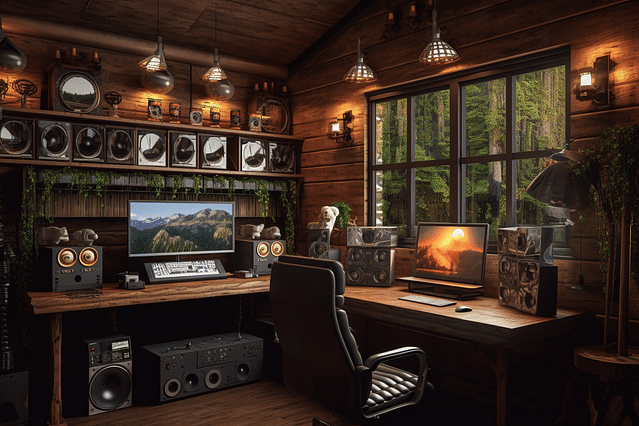
Home Automated Living: Everything You Need to Know
If you're like most people, your home is your sanctuary. It's where you relax, unwind, and spend quality time with family and friends. But did you know that you can take your home to the next level with home automated living? That's right. With smart home devices and automation, you can create a fully connected, convenient, and efficient living space. In this post, we'll dive into everything you need to know about home automated living.
What is Home Automated Living?
Home automated living is the concept of integrating technology and automation into your home to create an interconnected, intelligent, and responsive living environment. In a fully automated home, all your devices, appliances, and systems can communicate with each other, collect data, and adjust to your preferences automatically. From turning on the lights to adjusting the thermostat, locking the doors, and even starting your coffee maker, a smart home can do it all.
The Benefits of Home Automated Living
There are numerous benefits to home automated living, including:
Convenience and Comfort
With a smart home, you can control all your devices and systems from a central hub or your smartphone. This means you don't have to get up to turn off the lights or adjust the temperature. You can also program your devices to perform specific actions based on your preferences or schedule. For example, you can set your coffee maker to start brewing when you wake up or turn on the lights and TV when you come home from work.
Efficiency and Energy Savings
Smart homes are designed to optimize energy consumption and reduce waste. You can use sensors and automation to turn off lights or appliances when not in use, adjust the temperature based on occupancy or time of day, and monitor your energy consumption in real-time. This not only saves money on your electricity bills but also reduces your carbon footprint.
Safety and Security
Smart homes are also more secure and safer than traditional homes. You can install cameras, sensors, and smart locks that allow you to monitor and control access to your home remotely. You can also receive real-time alerts and notifications when something is amiss, such as a leak or an open door.
Home Automated Living Devices
To achieve home automated living, you need to invest in smart home devices and systems. Here are some of the most popular and useful devices to consider:
Smart Thermostats
Smart thermostats let you control and monitor the temperature of your home remotely. You can set schedules, adjust the temperature based on occupancy or time of day, and receive alerts when something is wrong.
Smart Lighting
Smart lighting allows you to control the lights in your home with your voice, smartphone, or a central hub. You can also program your lights to turn on and off automatically based on your preferences or schedule.
Smart Locks
Smart locks let you lock and unlock your doors remotely, monitor access, and receive notifications when someone enters or leaves your home. You can also set up temporary codes for guests or service providers.
Smart Cameras
Smart cameras let you monitor your home remotely and receive real-time alerts when something is amiss. You can also use cameras to stream video or monitor your pets.
Conclusion
Home automated living is the way of the future. With smart home devices and automation, you can create a more convenient, efficient, and secure living space. Whether you're interested in saving energy, improving your comfort, or enhancing your safety, there's a smart home device for you. So why wait? Start exploring the world of home automated living today.
Posted on: Nov 16, 2022 Last updated at: May 4, 2023